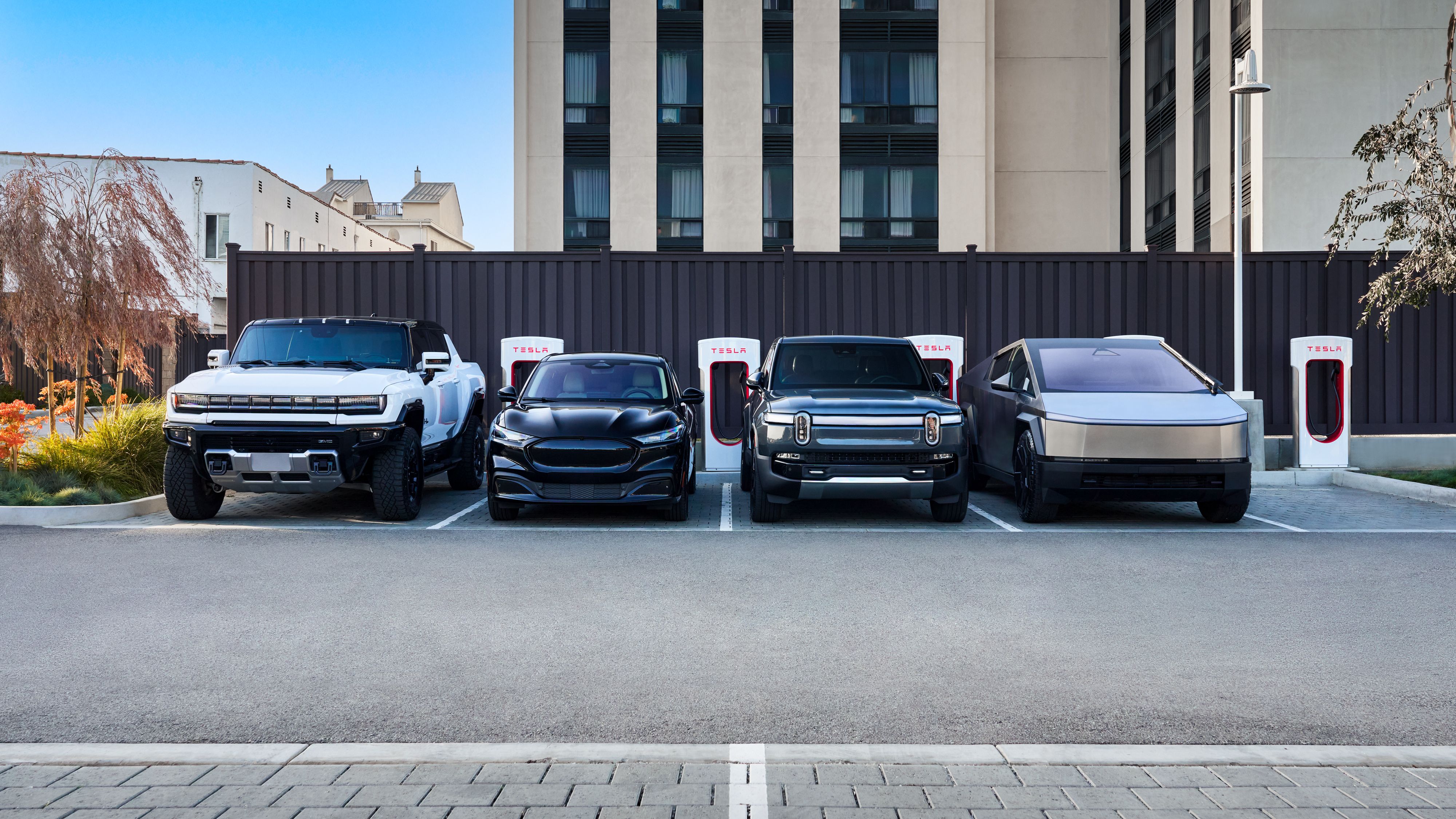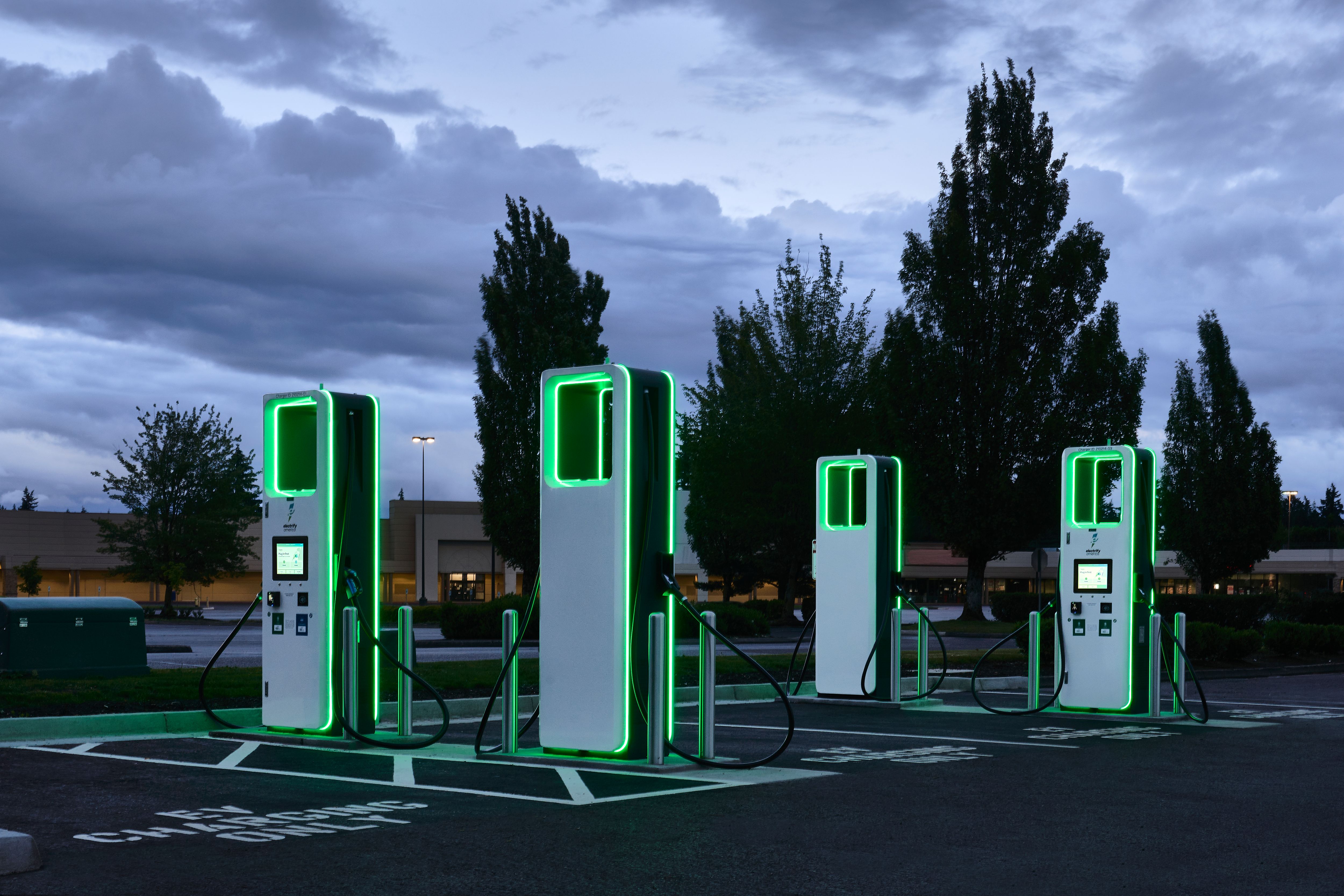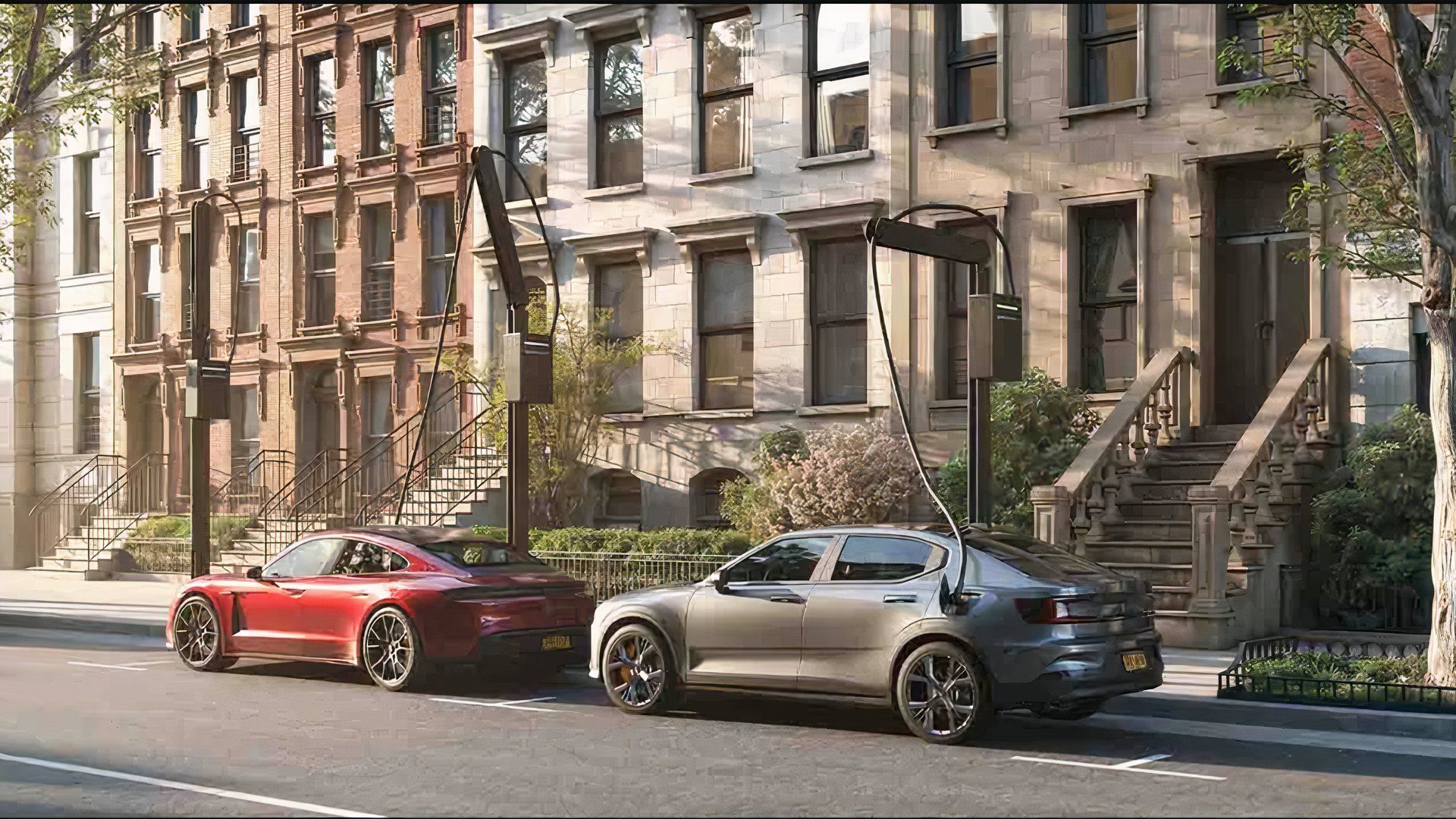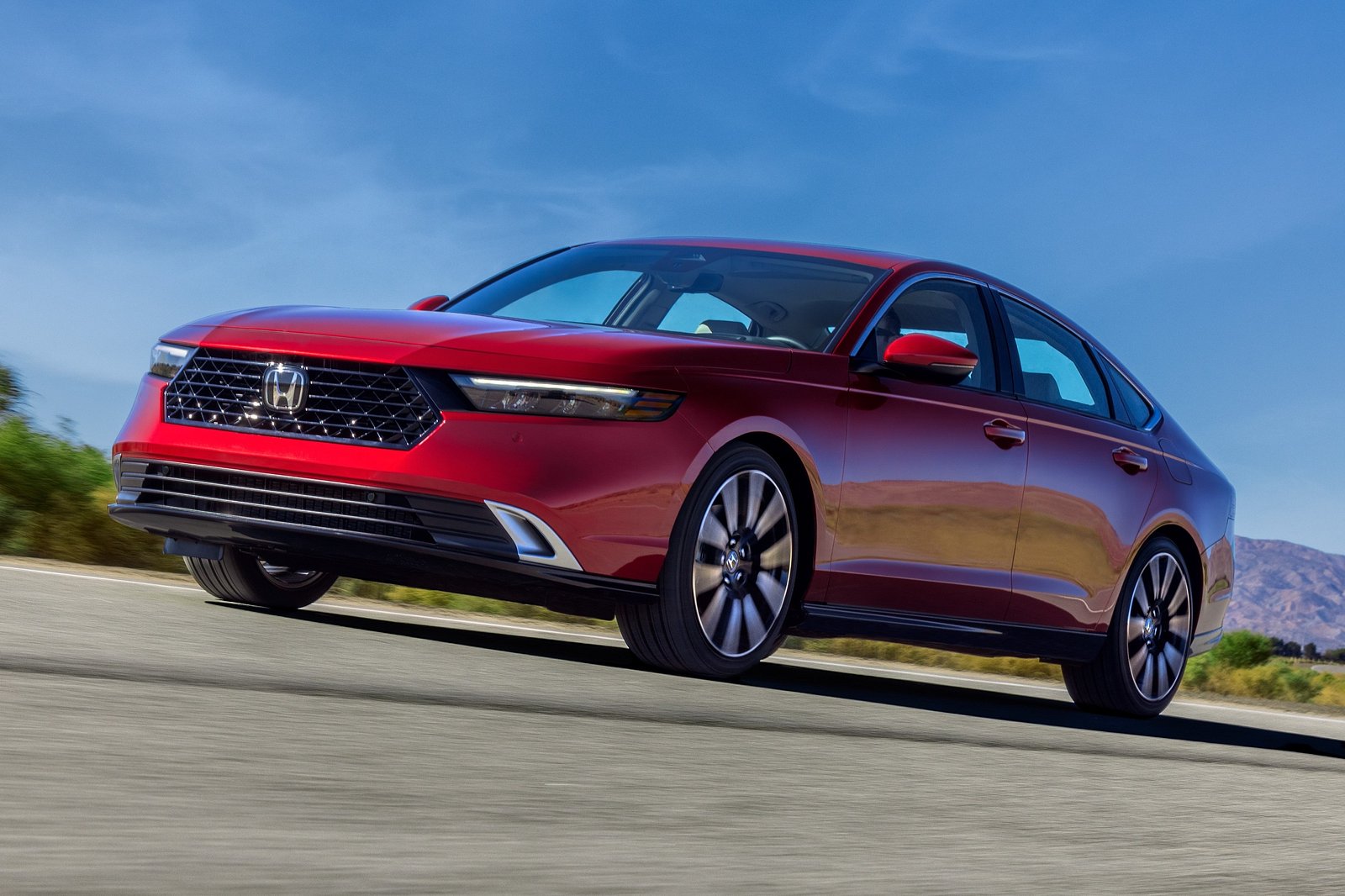Key Takeaways
- There are currently 183,000 public chargers in the US.
- That number marks a 7% increase in just the last three months.
- Private investment from companies like Tesla and government funding are driving network expansion.
Even though the task is daunting, the US EV charging network is being built at a faster pace as time goes on, and the most recent update bodes well for EV owners and manufacturers. The Joint Office of Energy and Transportation put out a quarterly update on the expansion of the US charging network, and it now stands at 183,000 charges across the US, 13,000 more chargers compared to last quarter.
Related
Airbnb And ChargePoint Are Making Charging Easier When You’re On Vacation
That’s a 7% increase to the US charging network in just three months, a number that is well on the way to the Biden administration’s goal of achieving 500,000 chargers across the country by 2030. Going back to when the department first started collecting this kind of data in 2021, the number has nearly doubled, showing a massive increase that will make it easier for Ioniq 6 and VW ID.4 drivers to find some juice and more enticing for potential buyers.
Investment Is Working
The main catalyst for the expansion of the network has been private investment from companies like Tesla or Chargepoint that have worked extensively to build out the network. They’ve made use of grants for years to do so but also are spending millions of their own dollars to make the lives of EV drivers more bearable with better locations.

Add CarBuzz to your Google News feed.
A big push has also come from the US government with the creation of the National Electric Vehicle Infrastructure (NEVI) program. This was created from the 2021 Bipartisan Infrastructure Bill which specifically set aside $7.5 billion for the creation of a nationwide charging network
Just a year later, a further $2.5 billion was set aside to add to this pile, which offers state and local areas funding for EV charging stations. While it seems like everything is going according to plan, looking into the details unveils everything isn’t as rosy as government officials and automakers would have you believe.
Obstacles To Overcome
Forgetting for a second that consumers are currently pushing back on all the expensive EVs for sale, the national charging infrastructure is still leaving much to be desired when it comes to availability and charging speeds. And because the government is the government, it’s slow to help.
Of the 183,000 charging stations across the US, 140,387 of them are Level 2 chargers that can charge at speeds between 6 and 19 kW depending on many external factors. Speeds like this are meant for those who want to plug in their EV9 while they’re doing some shopping or heading to work and aren’t in any rush, but they’re prohibitive if you’re running low on a road trip. According to the report, just 43,166 of the chargers available in the US are DC fast chargers, and those can also encompass a wide range of speeds.
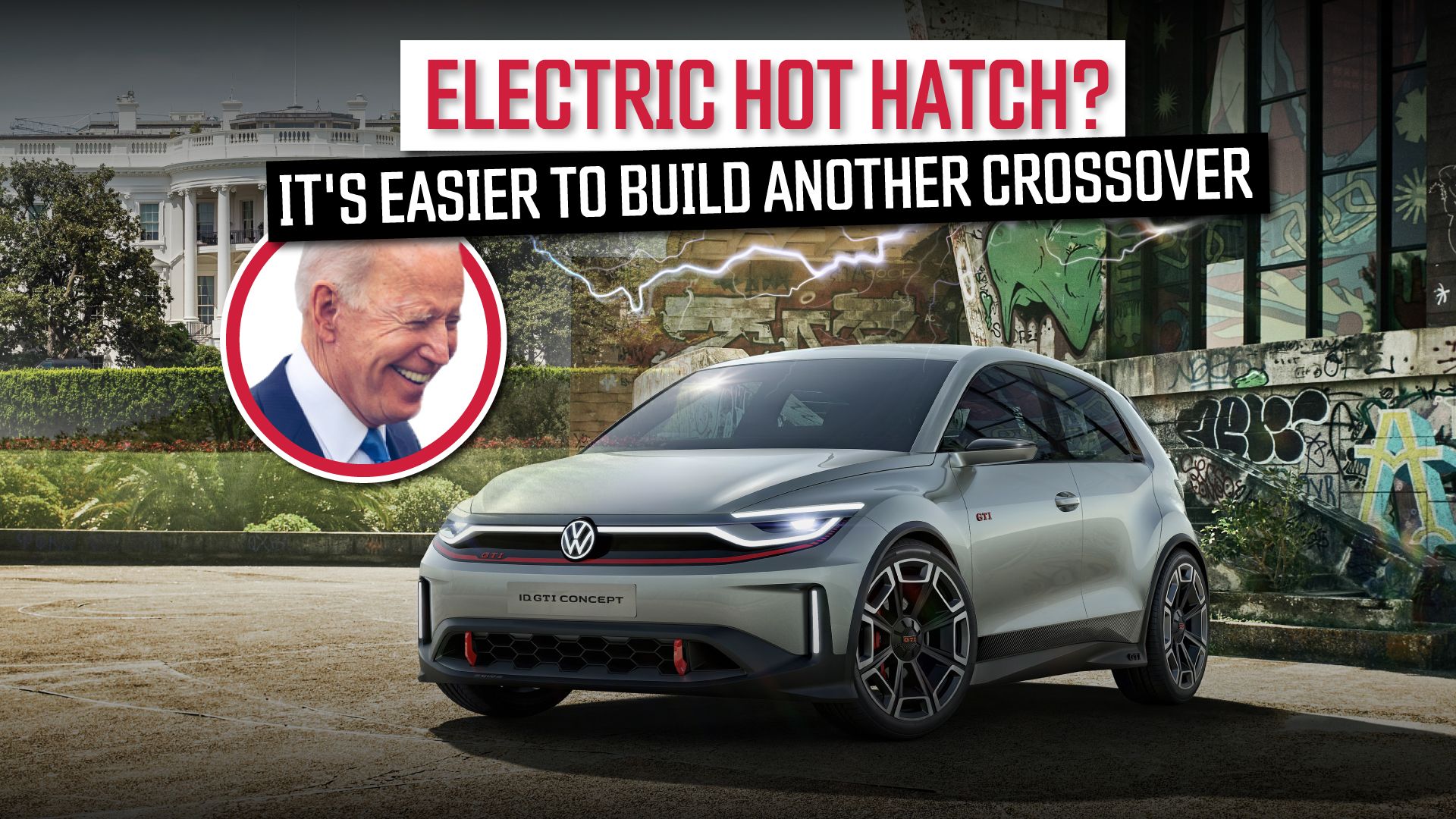
Related
How The US Government May Be Inadvertently Forcing Automakers To Build Electric SUVs
The classification of electric vehicles in America is completely wrong, and automakers are being rewarded for building them bigger and heavier.
These are the chargers that will most help to propel EV adoption, as they’ll alleviate range anxiety even if you’ll still need to wait 20 or so minutes. Out of everyone, Tesla has the largest network of such chargers with more than 20,000 across the country, making them a vital part of the US charging network, and we don’t see this changing anytime soon, seeing as the first NEVI charging station only went live in December of last year. Things are moving in the right direction, but they’ll need to speed up even more if we’re to hit 500,000 in just a few short years.

